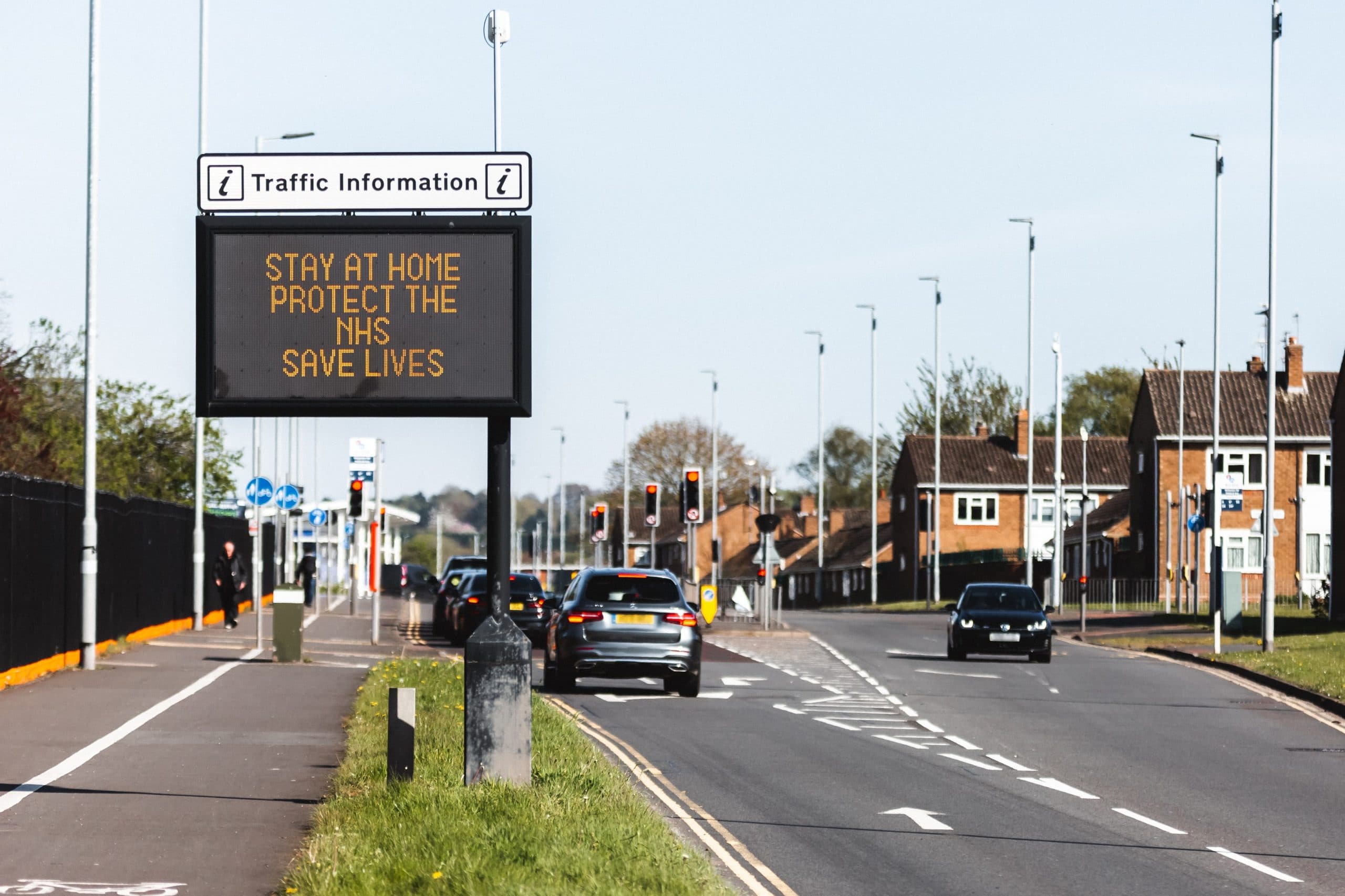Emilie Dobler is an FY2 in general practice in London.
COVID-19 has profoundly changed the way GP surgeries operate all over the country, by accelerating a decade of digitisation into a few months in order to minimise face-to-face contact.
Remote and digital consultation methods, which were already gaining in popularity over the past few years, have become the prime modality of consultation between patients and their GP almost overnight.
Much can be said about remote consultation methods and their advantages and drawbacks. But how do they work for Foundation trainees in general practice, who suddenly find themselves working in an unfamiliar environment, assessing patients in a way they may have little experience in?
How do remote consultations work for Foundation trainees in general practice, who suddenly find themselves working in an unfamiliar environment?
When starting my GP rotation as an FY2 in August I was unsure what to expect, but I anticipated it may be very different from what my GP placements in medical school had prepared me for.
The GP surgery I was placed in operated with a telephone consultation system, with a few patients then invited in for a face-to-face consultation, on a case-by-case basis.
This posed some brand new challenges for both myself and my supervisor: how does one supervise an FY2 doctor safely when consultations are held over the phone? When patients were coming into the surgery, GPs always had the option of seeing the patient with, or after, the trainee and filling in any gaps in the history or examination.
With telephone consultations things can be more challenging: there is an inherently increased degree of uncertainty and risk, patients are not physically present for recall, juniors may miss subtle cues, and supervising GPs are reliant on the trainee’s account of the phone consultation.
Together with the support of my GP practice, we navigated those issues by agreeing on some measures, such as:
– For the first few weeks, we discussed every presenting complaint prior to my calling the patient.
– If necessary, I would put the patient on hold during a consultation, or advise that I would call them back, while I sought advice from my supervisor.
– After each case I would debrief the consultation with my supervisor. As I gained in confidence, I would conduct a few consultations and debrief them at the end of the surgery.
– I would have a low threshold for bringing in patients to the surgery for a face-to-face appointment.
– I would not see any unwell children under 5 years of age remotely, in view of the high risk and difficulties such consultations may pose.
Much of working in general practice is learning to deal with uncertainty and managing risk. Working over the telephone without any physical contact for most patients certainly added to that challenge.
However, with these measures, I feel that we managed to support my learning in a way that maximised patient safety, although it did somewhat limit my experience with some patient groups.
Remote consultation methods are undoubtedly here to stay … The skills I’ve acquired in history taking, remote consulting, and triaging will certainly serve me well in the future
The past few months were certainly very different from my previous experiences of general practice, and in 5 years of medical school there was not a single lecture or OSCE scenario on remote consulting to prepare me for the situations I would find myself in.
The skills I’ve acquired in history taking, remote consulting, and triaging will certainly serve me well in the future, regardless of the specialty I will go into, as remote consultation methods are undoubtedly here to stay, to some extent.
These are skills that should therefore, in my opinion, become part of the medical curriculum straight away, for both medical students and junior doctors. The measures listed above were devised for my particular circumstances, but one could imagine many other ways to support FY2 doctors in general practice who have to conduct remote consultations in the future.
Strategies to supervise and support junior doctors in general practice with such remote consultation methods will need to be developed and assessed, to ensure both patient safety and the best possible learning experience for trainees.
Featured photo by iMattSmart on Unsplash






